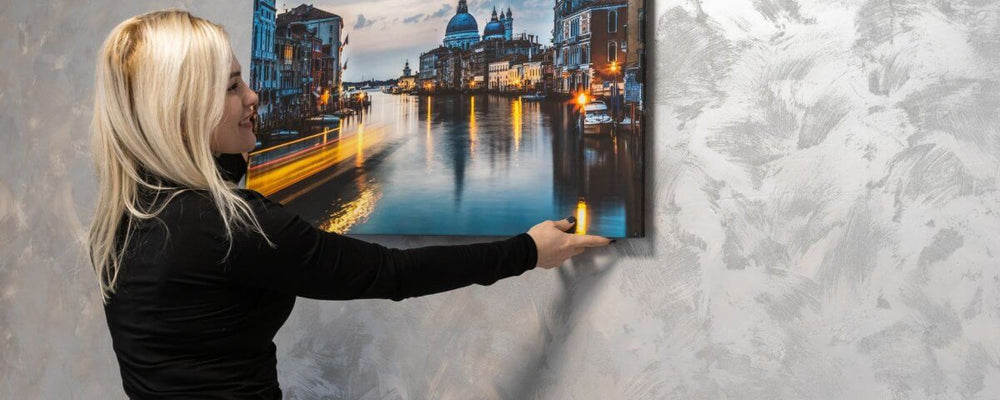Solid vs. Mirror Border Printing: What's Best for Your Artwork?
What Are the Differences Between Solid Border and Mirror Border Printing?

Enjoyed this post? Share it:
Subscribe to The Stackhouse newsletter for tips, behind-the-scenes content, product updates, and more.
Leave a Comment